Previous Day - Next Day
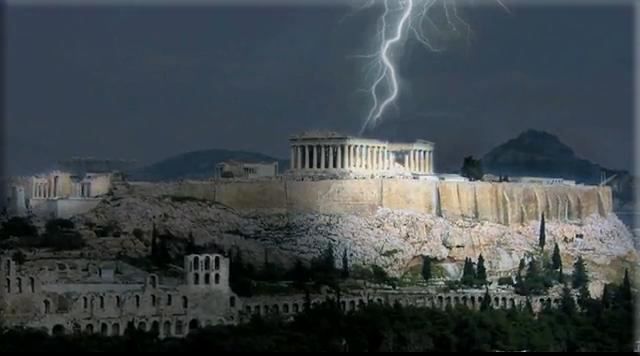
“Time is not a reality [hupostasis], but a concept [noêma] or a measure [metron]….”
~ Antiphon the Sophist
Wikiquote (Antiphon the Sophist (Antiphon the Sophist lived in Athens probably in the last two decades of the 5th century BC. There is an ongoing controversy over whether he is one and the same with Antiphon (Ἀντιφῶν) of the Athenian deme Rhamnus in Attica (480 – 411 BC), the earliest of the ten Attic orators.)
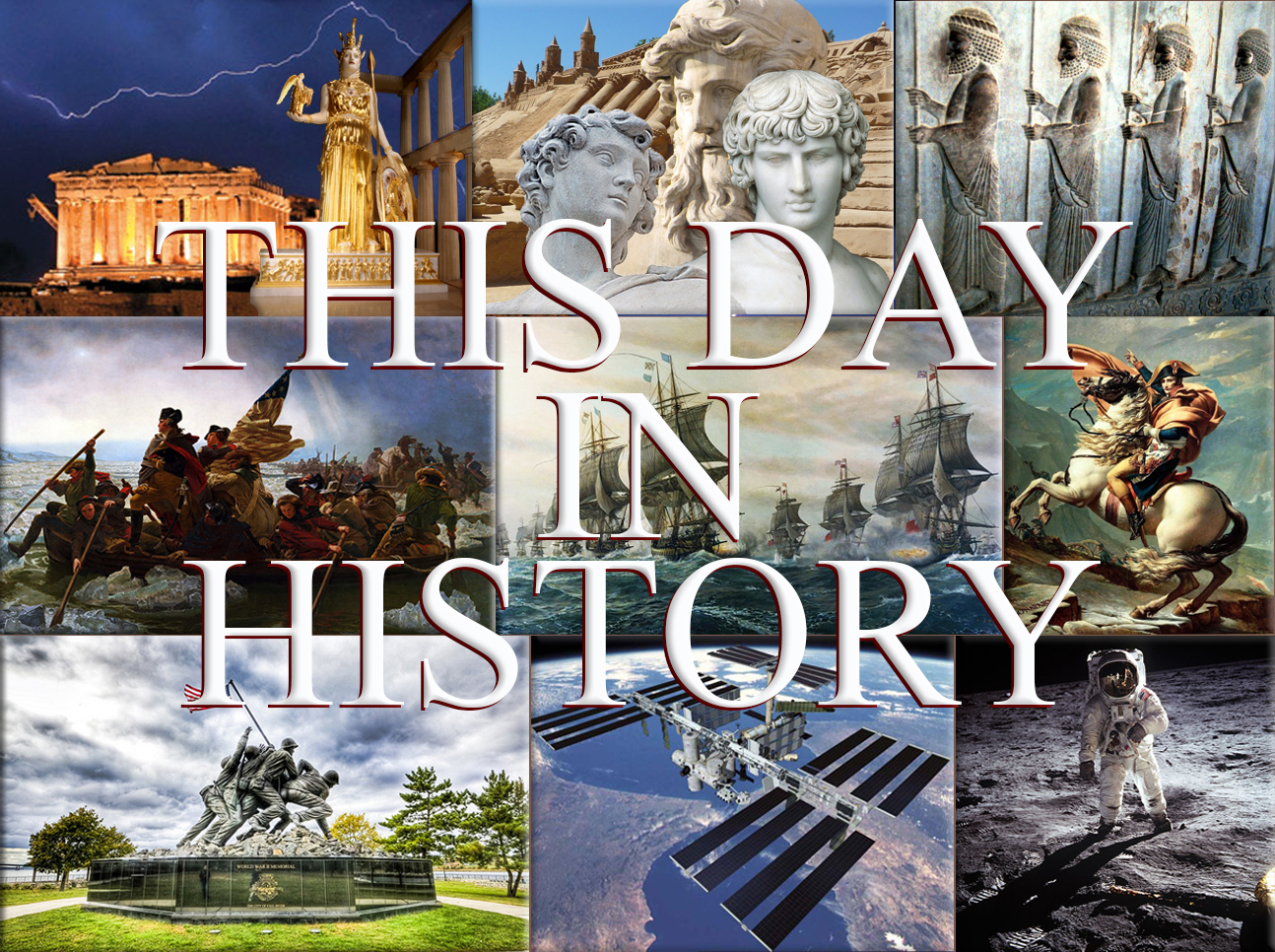
May 12th, 254
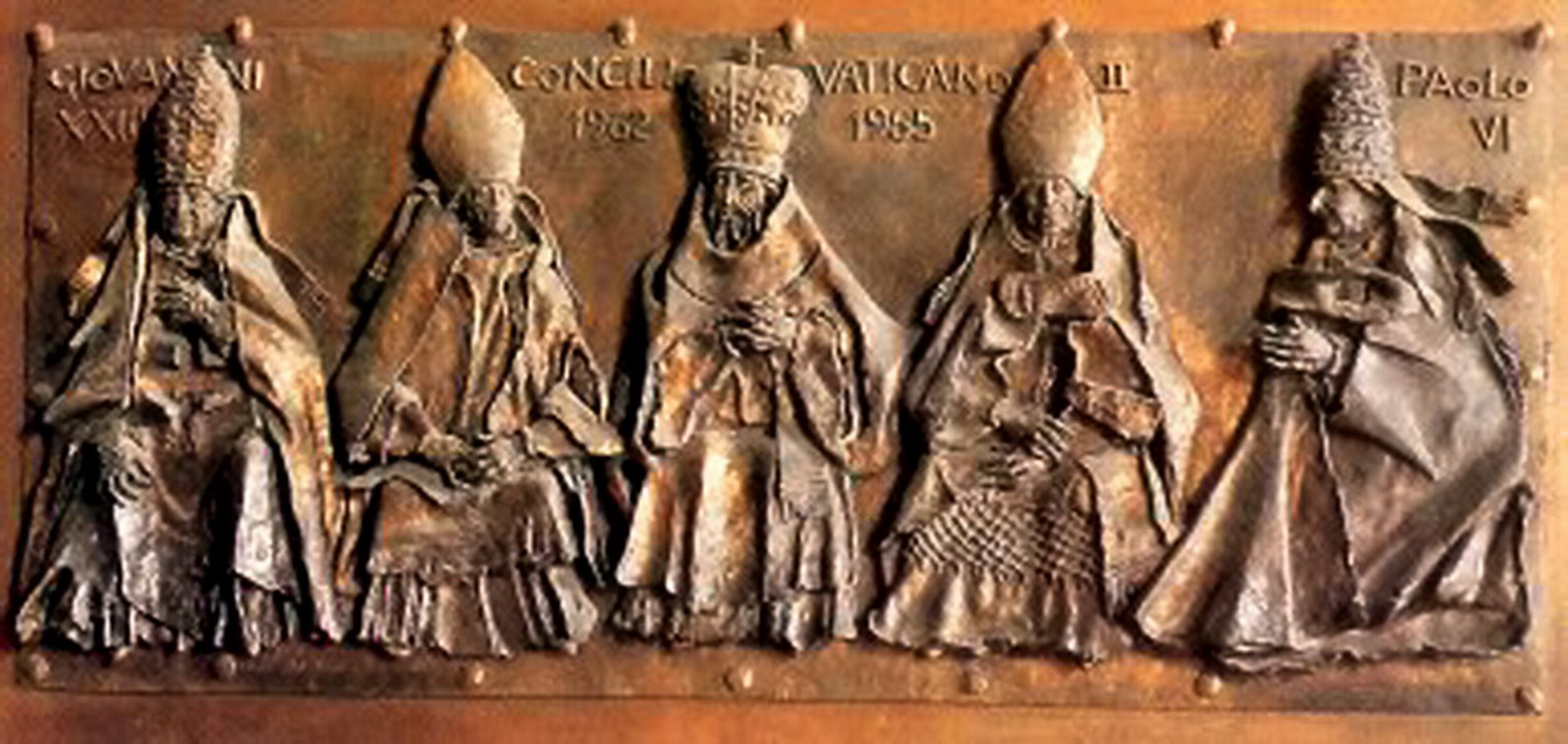
Catholic Ecumenical Councils:
254 - Pope Stephen I succeeds Pope Lucius I as the 23rd pope.
Wikipedia Photo: Catholic Ecumenical Councils include 21 councils over a period of 1700 years. (While definitions changed throughout history, in today's Roman Catholic understanding Ecumenical Councils are assemblies of Patriarchs, Cardinals, residing Bishops, Abbots, male heads of religious orders and other juridical persons, nominated by the Roman Pontiff.) They meet to discuss matters of faith and Church discipline.
May 12th, 304
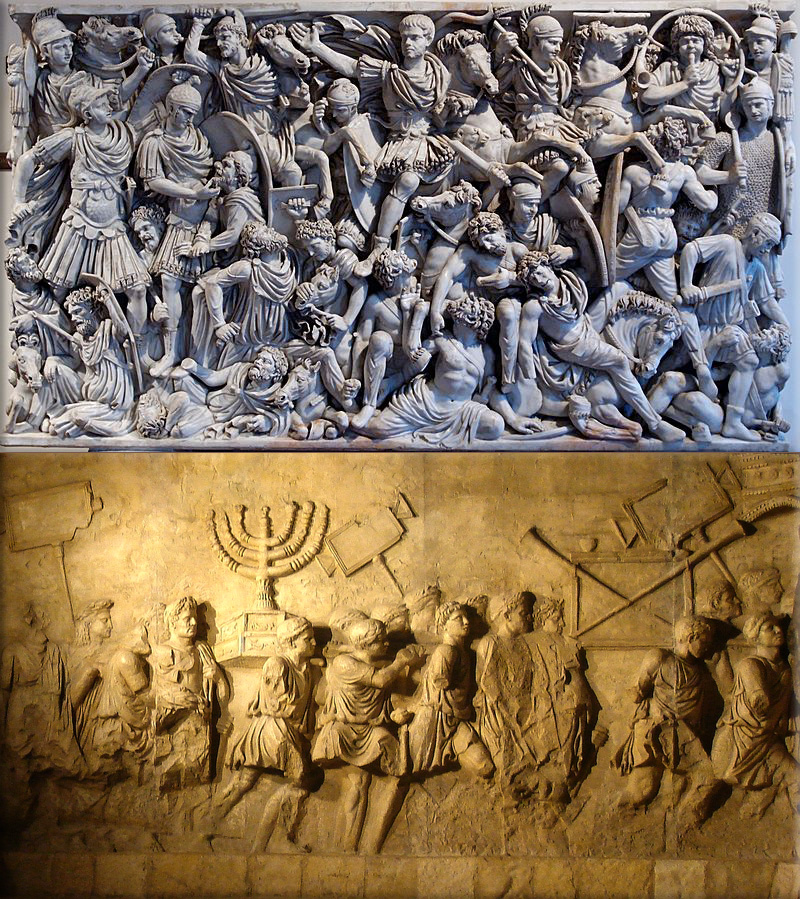
Roman Empire:
304 - Roman Emperor Diocletian orders the beheading of the 14-year-old Pancras of Rome.
Wikipedia Image: Relief from a 3rd-century sarcophagus depicting a battle between Romans and Germanic warriors; the central figure is perhaps the emperor Hostilian / Depiction of the Menorah on the Arch of Titus in Rome.
May 12th, 1191

King Richard I of England marries Berengaria of Navarre who is crowned Queen consort of England the same day.
Wikipedia Photo: Richard I of England (Effigy (1199) of Richard I at Fontevraud Abbey, Anjou) ● Berengaria of Navarre (Effigy of Berengaria in the chapter house of L'Abbaye de l'Epau, Le Mans) ● Richard II (King of England 1377-1399) & Queen Anne of Bohemia bronze effigies on tomb in Westminster.
May 12th, 1328
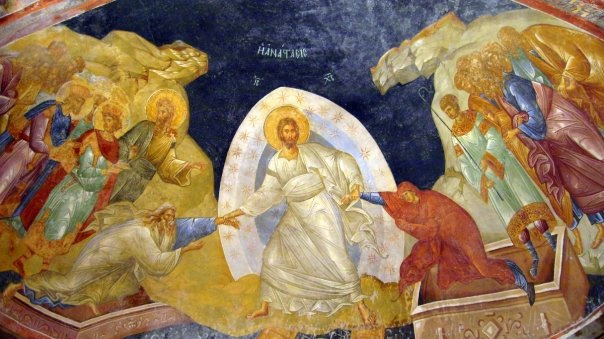
Antipope Nicholas V, a claimant to the papacy, is consecrated in Rome by the Bishop of Venice.
Wikipedia.org Image: Fresco painting of the Resurrection Chora Church, Istanbul, Turkey.
May 12th, 1588

French Wars of Religion:
Day of the Barricades; Henry III of France flees Paris after Henry of Guise enters the city.
Wikipedia Painting: The French Wars of Religion; (1562–98): Period of civil infighting and military operations, primarily fought between French Catholics and Protestants (Huguenots). (The conflict involved the factional disputes between the aristocratic houses of France, such as the House of Bourbon and House of Guise (Lorraine), and both sides received assistance from foreign sources).
● Depiction of the Saint Bartholomew's Day massacre by François Dubois.
● Armed procession of the Catholic League in Paris in 1590, Musée Carnavalet.
● Catherine de' Medici One morning at the gates of the Louvre, 19th-century painting by Édouard Debat-Ponsan.
May 12th, 1689

Nine Years' War: 1689 - King William's War William III of England joins the League of Augsburg starting a war with France.
Wikipedia Painting: Nine Years' War (War of the Grand Alliance, the War of the Palatine Succession, or the War of the League of Augsburg; 1688 – 1697) - was a major war of the late 17th century fought between King Louis XIV of France, and a European-wide coalition, the Grand Alliance, led by the Anglo-Dutch Stadtholder-King William III, Holy Roman Emperor Leopold I, King Charles II of Spain, Victor Amadeus II of Savoy, and the major and minor princes of the Holy Roman Empire.
May 12th, 1780
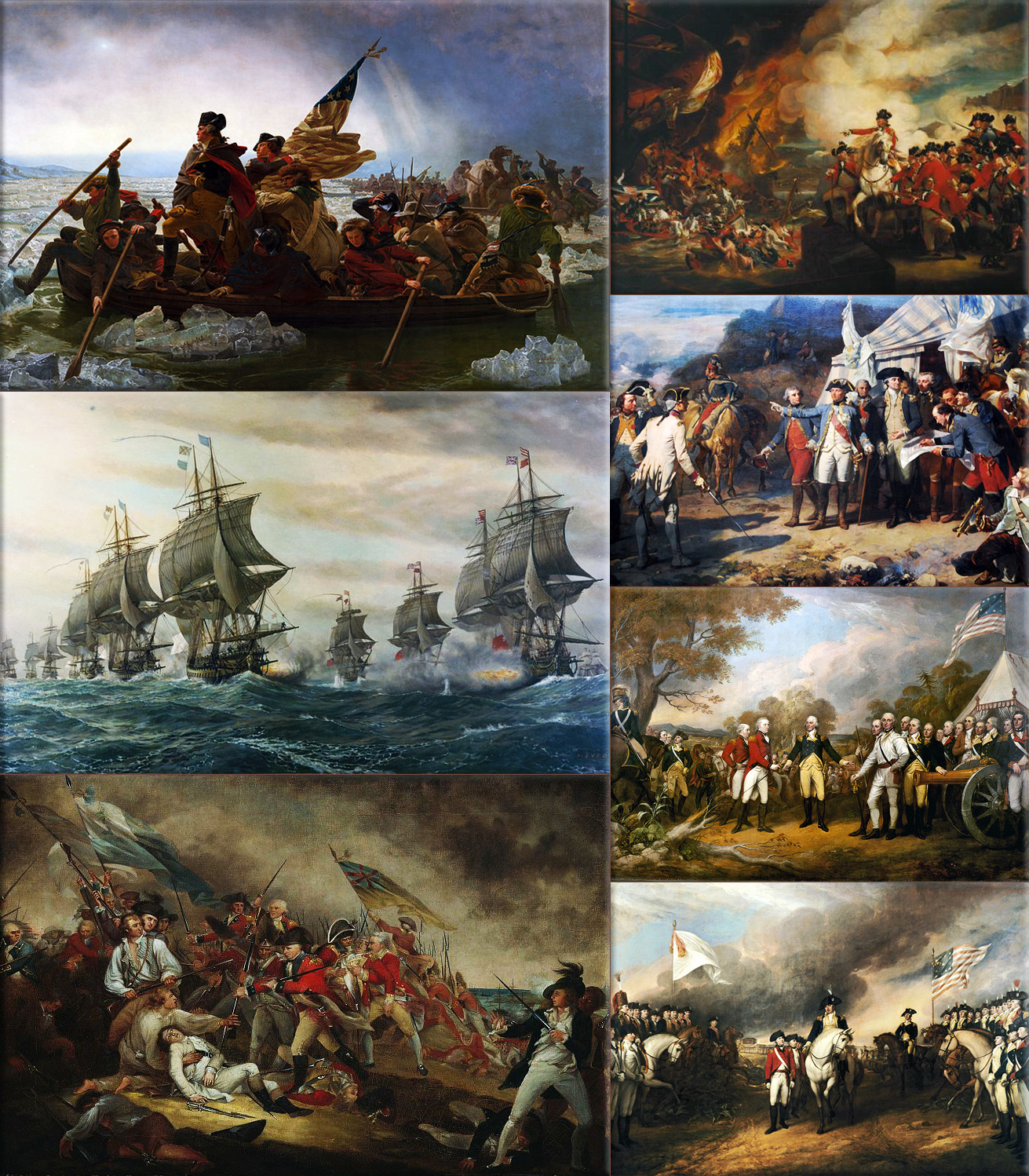
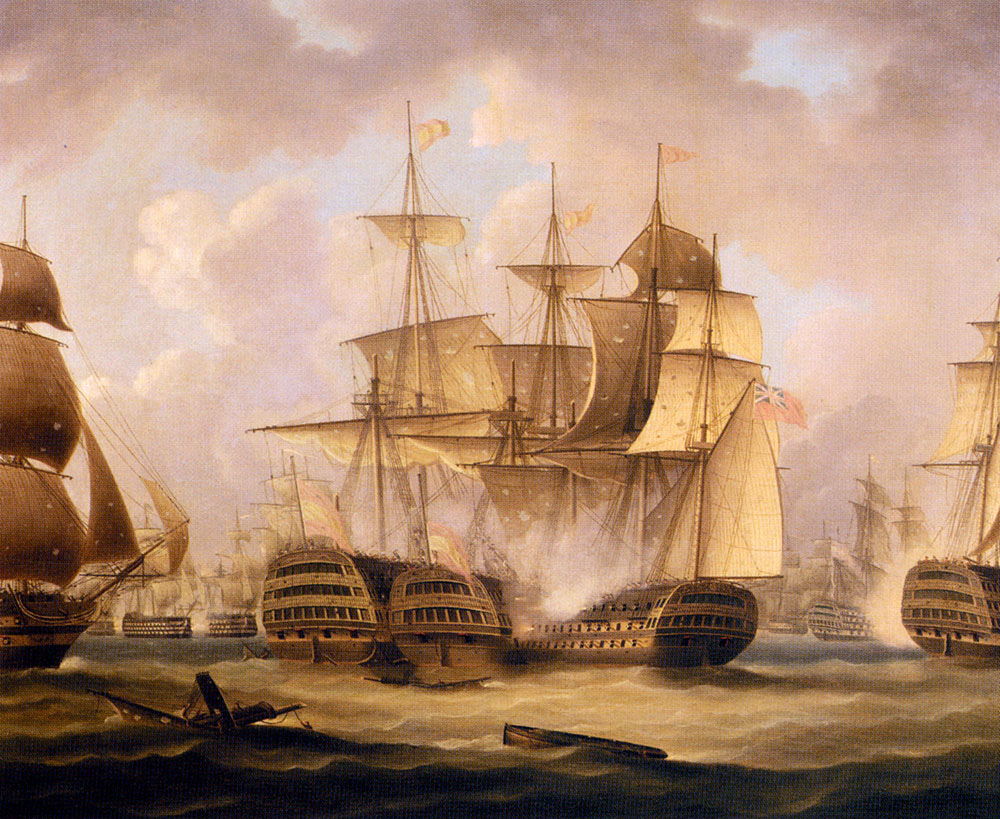
American Revolutionary War:
1780 - Siege of Charleston; In the largest defeat of the Continental Army Charleston, South Carolina is taken by British forces.
Wikipedia Paintings: Washington Crossing the Delaware, by Emanuel Leutz; Battle of the Chesapeake, French (left) and British (right) lines; Battle of Bunker Hill, The Death of General Warren at the Battle of Bunker Hill by John Trumbull; The Defeat of the Floating Batteries at Gibraltar, September 13, 1782, by John Singleton Copley; Washington and the Comte de Rochambeau at Yorktown, 1781; "The surrender at Saratoga" shows General Daniel Morgan in front of a French de Vallière 4-pounder; Surrender of Cornwallis at Yorktown by (John Trumbull, 1797).
Painting: Battle of Cape Saint Vincent, by Thomas Buttersworth (1768-1842).
May 12th, 1797

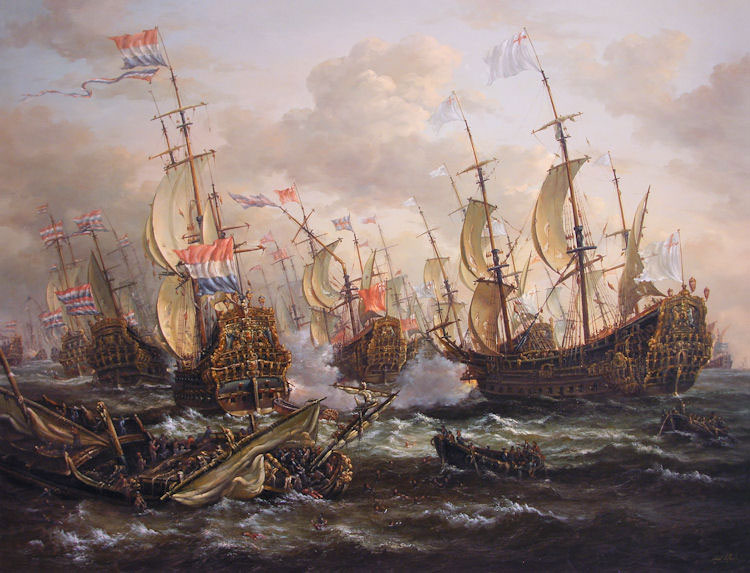
French Revolutionary Wars / Napoleonic Wars:
1797 - War of the First Coalition; Napoleon I of France conquers Venice.
Wikipedia Painting: Battle of Trafalgar: The British HMS Sandwich fires to the French flagship Bucentaure (completely dismasted) in the battle of Trafalgar;
Napoleon in Berlin (Meynier). After defeating Prussian forces at Jena, the French Army entered Berlin on 27 October 1806;
Battle of the Bridge of Arcole Napoleon Bonaparte leading his troops over the bridge of Arcole, by Horace Vernet;
Napoleon as King of Italy (Appiani);
Napoleon Crossing the Alps (David). In 1800 Bonaparte took the French Army across the Alps, eventually defeating the Austrians at Marengo;
Charge of the Russian Imperial Guard cavalry against French cuirassiers at the Battle of Friedland, 14 June 1807;
Battle of Borodino as depicted by Louis Lejeune. The battle was the largest and bloodiest single-day action of the Napoleonic Wars;
Napoleon's withdrawal from Russia, a painting by Adolph Northen;
Wellington at Waterloo by Robert Alexander Hillingford;
Napoleon is often represented in his green colonel uniform of the Chasseur à Cheval, with a large bicorne and a hand-in-waistcoat gesture.
Battle of the Nile (Battle of Aboukir Bay).
May 12th, 1821
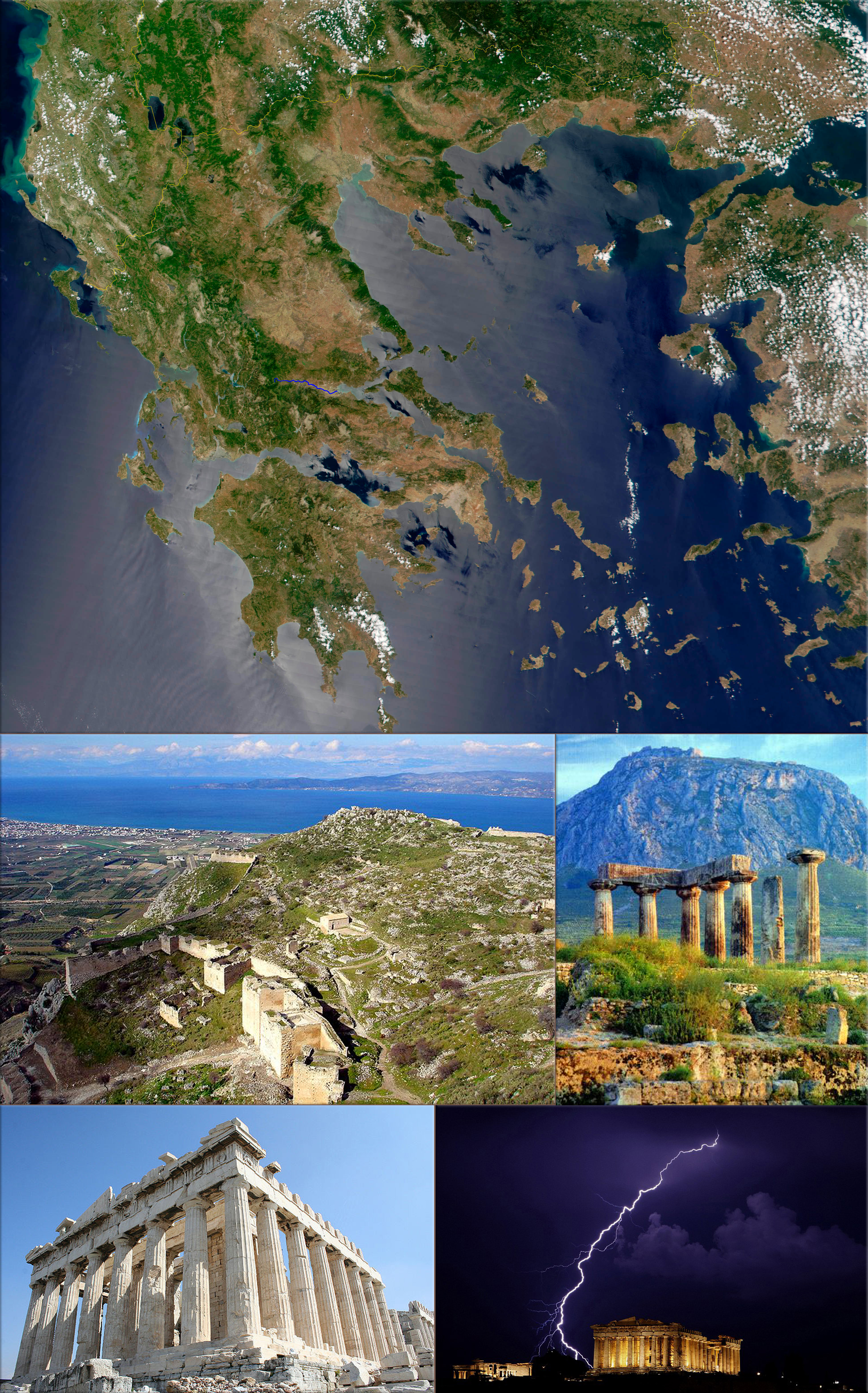
Greek War of Independence:
1821 - The first big battle of the Greek War of Independence against the Turks occurs in Valtetsi.
Wikipedia Image: Greece satellite image, credit NASA; Acrocorinth, looking north towards the Gulf of Corinth; The Acrocorinth in the background, behind the Temple of Apollo; Temple of Apollo Ancient Corinth; Early morning lightning illuminates the sky over the 2,500-year-old Ancient Parthenon temple, at the Acropolis hill during a heavy rainfall in Athens.
May 12th, 1862
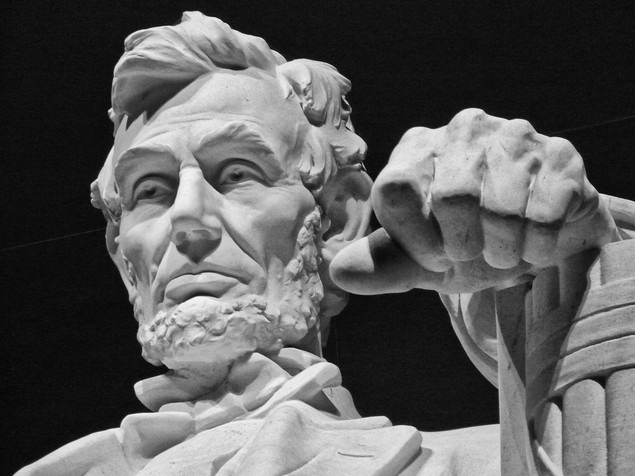
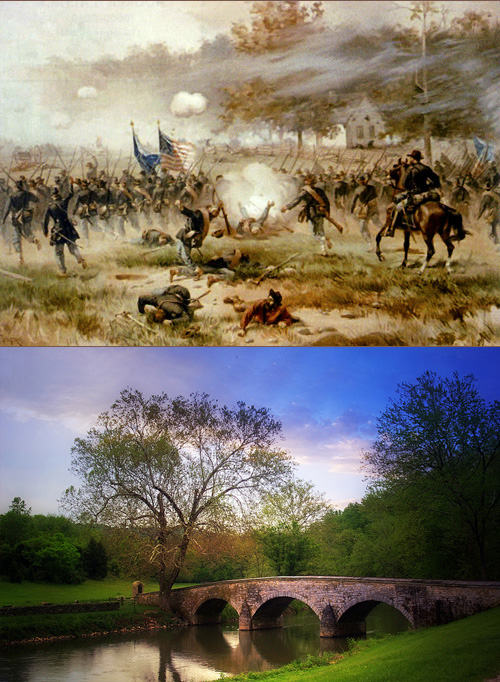
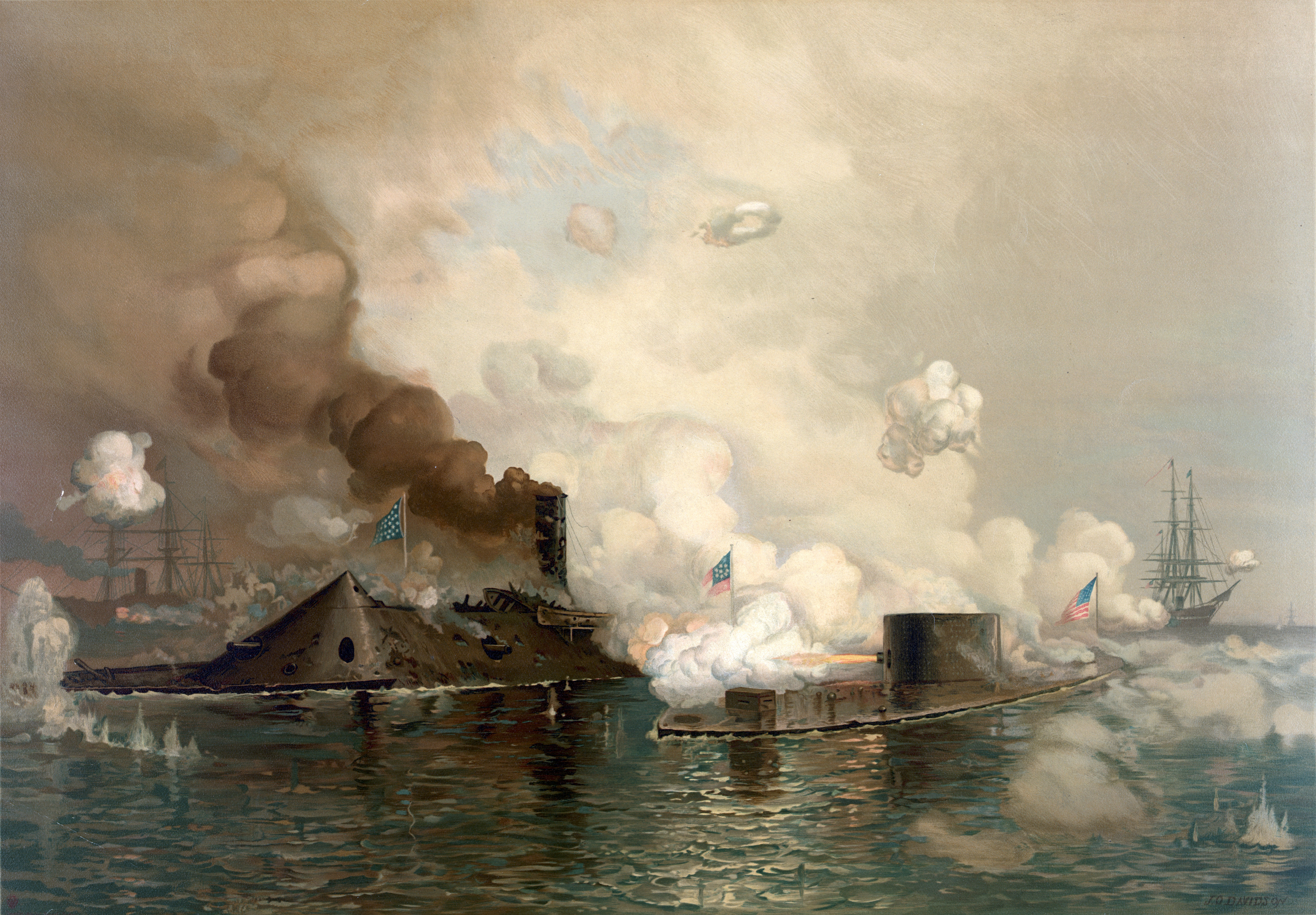
American Civil War:
1862 - The Union federal troops occupy Baton Rouge, Louisiana.
1863 - Vicksburg Campaign; Battle of Raymond - two divisions of James B. McPherson's XVII Corps (ACW) turn the left wing of Confederate General John C. Pemberton's defensive line on Fourteen Mile Creek, opening up the interior of Mississippi to the Union Army.
1864 - Battle of Spotsylvania Court House; thousands of Union and Confederate soldiers die in "the Bloody Angle".
1865 - Battle of Palmito Ranch; the first day of the last major land action to take place during the Civil War, resulting in a Confederate victory.
Wikipedia Image: ● Lincoln Memorial; an American national monument built to honor the 16th President of the United States, Abraham Lincoln - located on the National Mall in Washington, D.C. across from the Washington Monument.
● The northern army led by George McClellan and the southern army led by Robert E. Lee met at Antietam Creek, Maryland in September, 1862. It was a bloody battle where 13,000 Confederates and 12,000 Union troops died in just one day. McClellan had hesitated to attack before the battle thus letting the southern troops regroup. Also, he had saved reserves and refused to use them at the end of the battle thinking that Lee was holding reserves for a counterattack, even though those reserves didn't exist. The Union victory stopped Lee's northward advance and was a turning point in the war.
● Battle of Antietam / Stone Bridge at Antietam Battlefield - Sharpsburg, Maryland
● First Battle Between Ironclads: CSS Virginia/Merrimac (left) vs. USS Monitor, in 1862 at the Battle of Hampton Roads.
● Although photography was still in its infancy, war correspondents produced thousands of images, bringing the harsh realities of the frontlines to those on the home front in a new and visceral way. The Atlantic.
May 12th, 1908
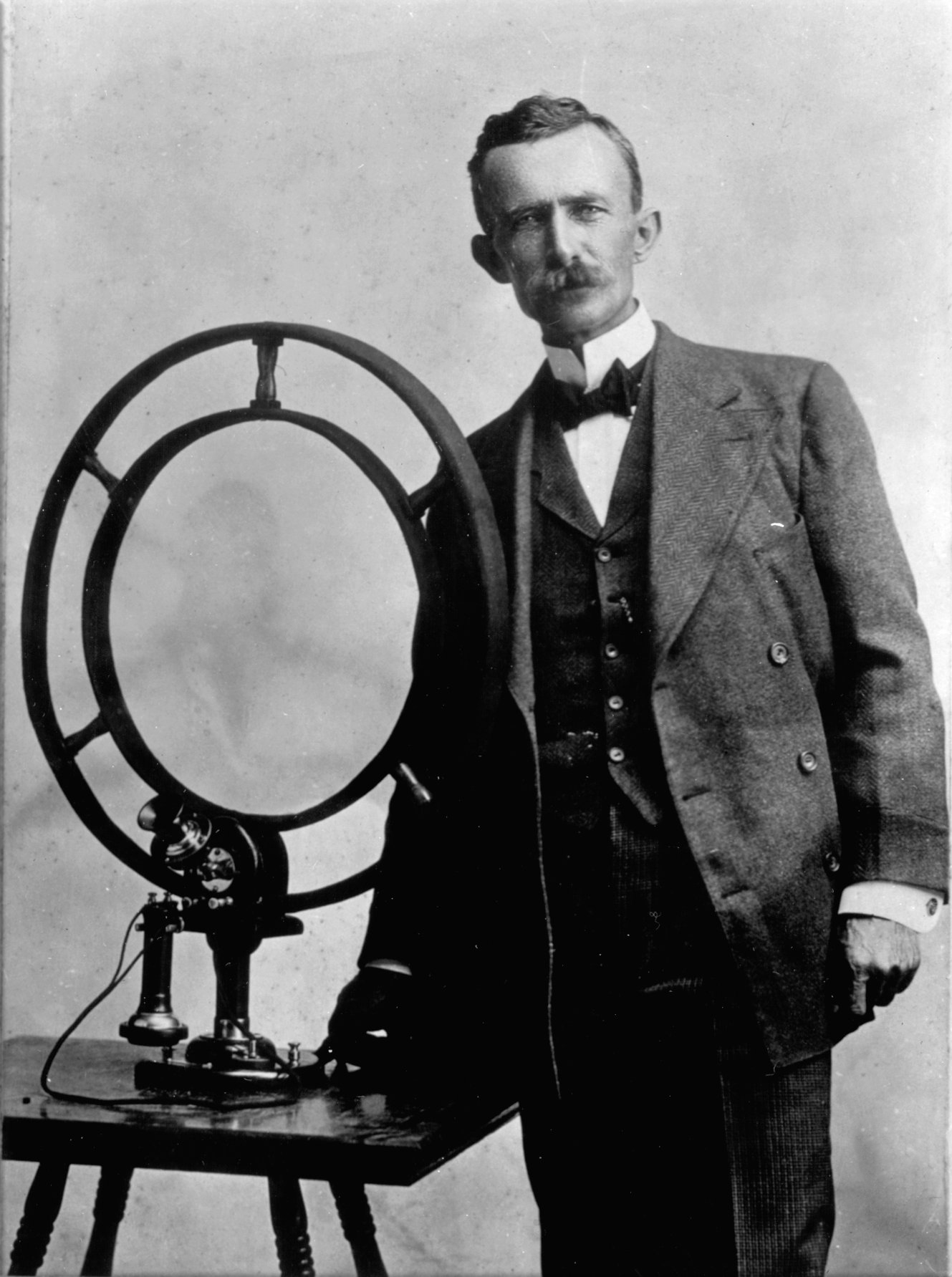
Nathan Stubblefield receives patent for wireless telephone.
Wikipedia Photo: Nathan Stubblefield with his wireless telephone.
May 12th, 1916

World War I:
1916 - Easter Rebellion (May 3-12, 1916); James Connolly was sat on a chair and shot dead in Kilmainham Gaol in Dublin, after his role in the Easter Uprising.
Wikipedia Photo: Trenches on the Western Front; a British Mark IV Tank crossing a trench; Royal Navy battleship HMS Irresistible sinking after striking a mine at the Battle of the Dardanelles; a Vickers machine gun crew with gas masks, and German Albatros D.III biplanes. National Archives and Records Administration.
May 12th, 1926


The Italian-built airship Norge becomes the first vessel to fly over the North Pole.
Wikipedia North Pole; (Geographic North Pole or Terrestrial North Pole), defined as the point in the Northern Hemisphere where the Earth's axis of rotation meets its surface. (Not be confused with the North Magnetic Pole -the point on the surface of Earth's Northern Hemisphere at which the planet's magnetic field points vertically downwards.) ● Northern Hemisphere Blue Marble image for January with coastlines and the North Pole referenced (red cross). ● Sunset at the North Pole landscape. ● Sunset at the North Pole.
May 12th, 1932
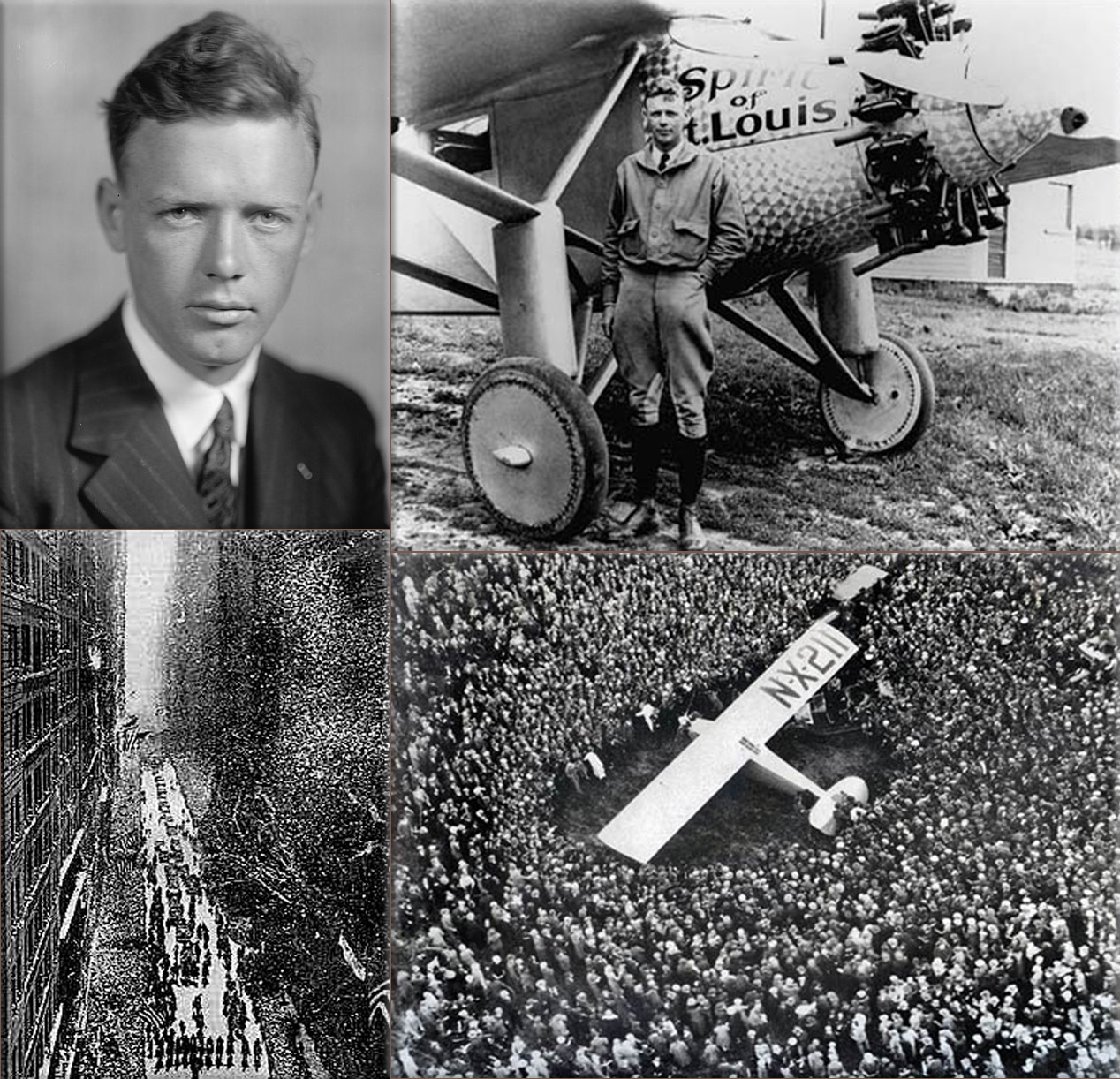
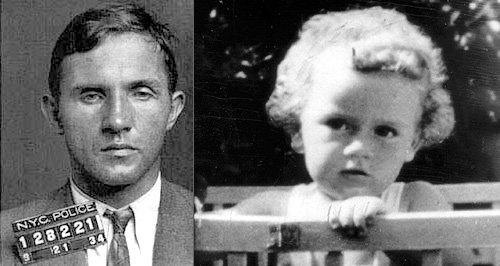
Lindbergh kidnapping: Ten weeks after his abduction Charles Jr., the infant son of Charles Lindbergh is found dead in Hopewell, New Jersey , just a few miles from the Lindberghs' home.
Wikipedia Photo: Charles Lindbergh (February 4, 1902 – August 26, 1974) (nicknamed 'Slim', 'Lucky Lindy' and 'The Lone Eagle') was an American aviator, author, inventor, explorer, and social activist. (Lindbergh emerged suddenly from virtual obscurity to instantaneous world fame as the result of his Orteig Prize-winning solo non-stop flight on May 20–21, 1927, from New York's Long Island to Le Bourget Field in Paris, France, a distance of nearly 3,600 statute miles (5,800 km), in the single-seat, single-engine purpose built Ryan monoplane Spirit of St. Louis.)
Bruno Hauptmann (Murder, Death by electrocution) / Charles Lindbergh Jr.
May 12th, 1933
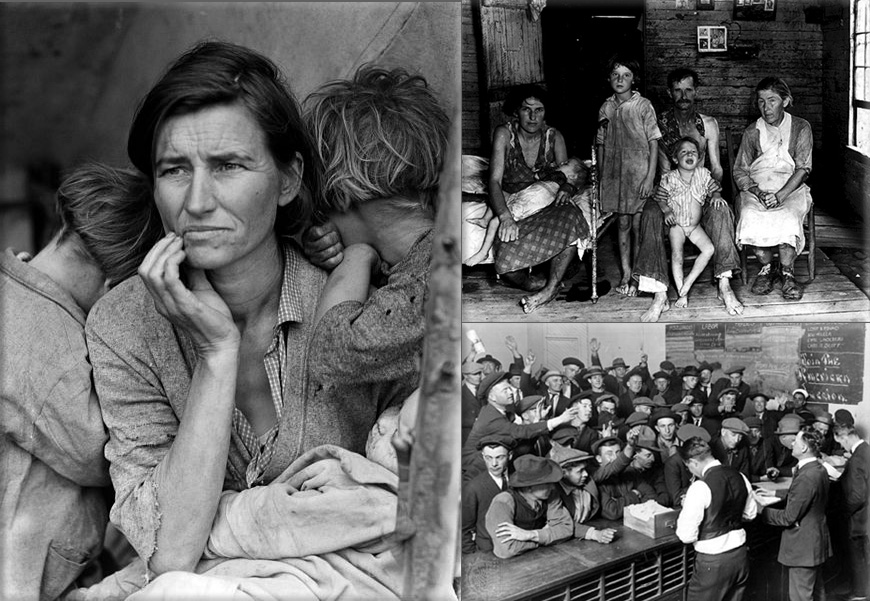
Great Depression: Agricultural Adjustment Act is enacted to restrict agricultural production by paying farmers subsidies.
Wikipedia Photo: Dorothea Lange's Migrant Mother depicts destitute pea pickers in California, centering on Florence Owens Thompson, age 32, a mother of seven children, in Nipomo, California, March 1936; Bud Fields and his family. Alabama. 1935 or 1936. Photographer: Walker Evans; Unemployed men vying for jobs at the American Legion Employment Bureau in Los Angeles during the Great Depression.
May 12th, 1935

Dr. Robert Smith and Bill Wilson (founders of Alcoholics Anonymous) meet for the first time in Akron, Ohio, at the home of Henrietta Siberling.
Wikipedia Image: Alcoholics Anonymous silhouettes; Dr. Robert Smith and William G. Wilson. credit Alcoholics-anonymous.org
May 12th, 1941
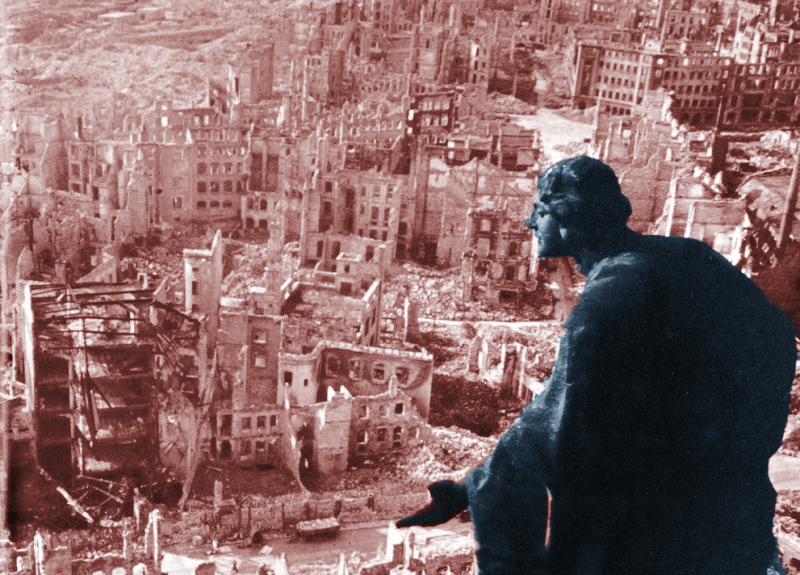

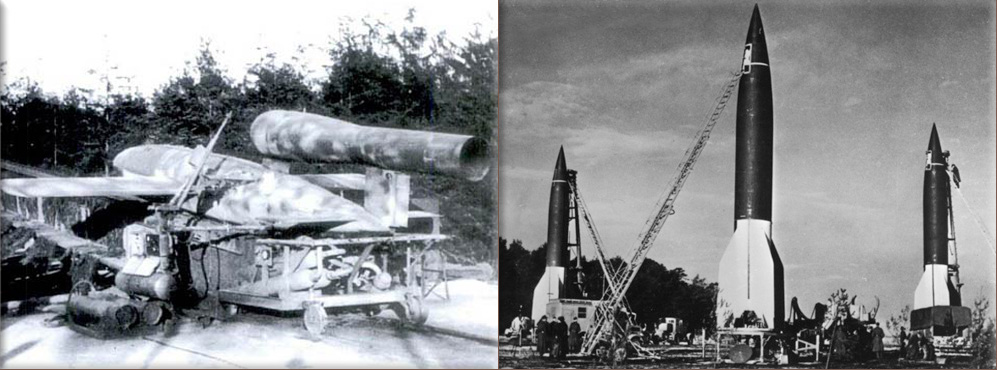
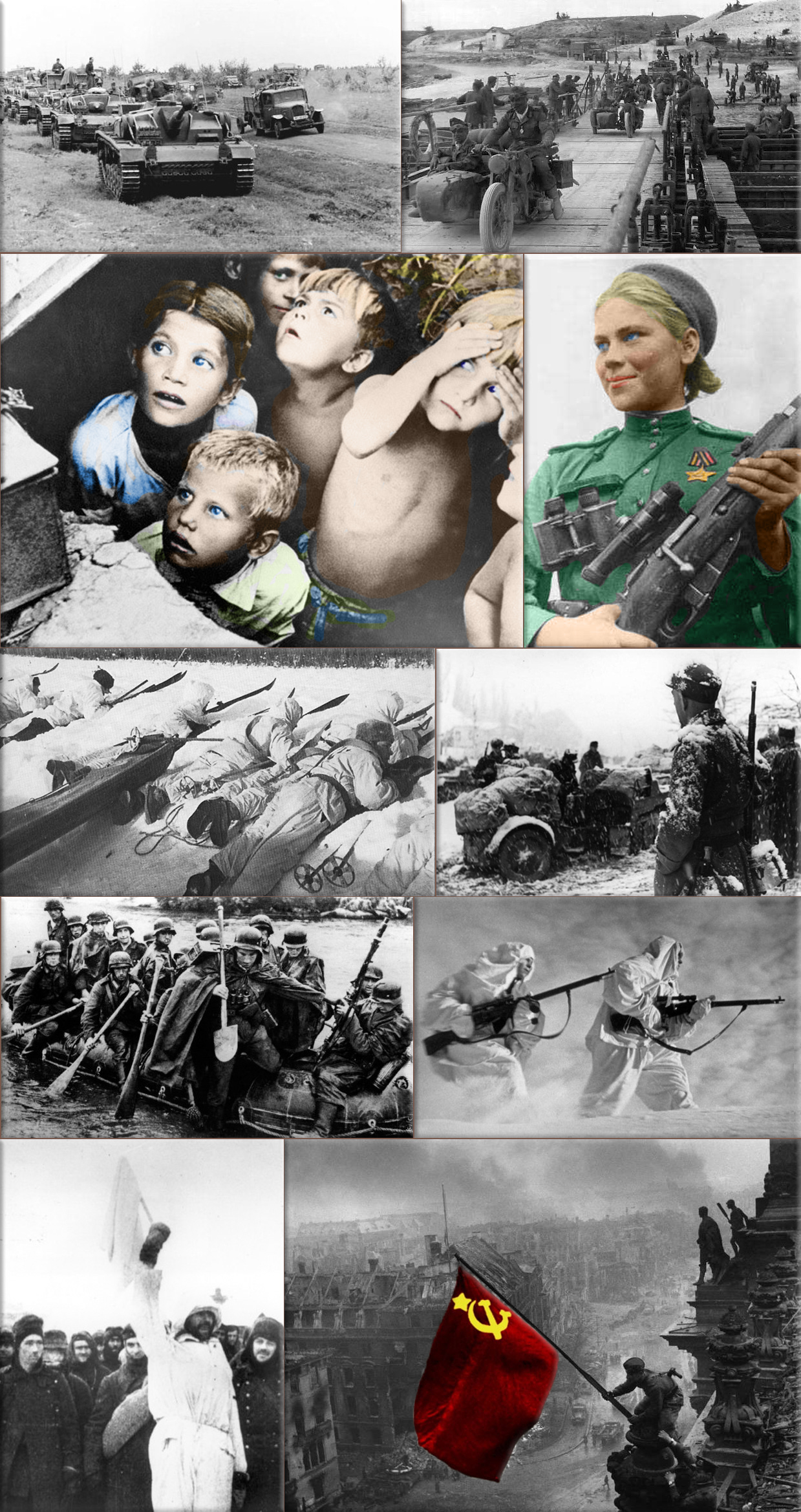
World War II:
1941 - Konrad Zuse presents the Z3, the world's first working programmable, fully automatic computer in Berlin.
1942 - Second Battle of Kharkov; in eastern Ukraine, Red Army forces under Marshal Semyon Timoshenko launch a major offensive from the Izium bridgehead, only to be encircled and destroyed by the troops of Army Group South two weeks later.
1942 - The U.S. tanker Virginia in the mouth of the Mississippi River by the German U-Boat U-507.
Wikipedia Photo: Bombing of Dresden in World War II; August Schreitmüller's sculpture 'Goodness' surveys Dresden after a firestorm started by Allied bombers in 1945.
USS Bunker Hill was hit by kamikazes piloted by Ensign Kiyoshi Ogawa and another airman on 11 May 1945. 389 personnel were killed or missing from a crew of 2,600; Ensign Kiyoshi Ogawa, who flew his aircraft into the USS Bunker Hill during a Kamikaze mission on 11 May 1945; Kamikaze Missions - Lt Yoshinori Yamaguchi's Yokosuka D4Y3 (Type 33 Suisei) "Judy" in a suicide dive against USS Essex. The dive brakes are extended and the non-self-sealing port wing tank is trailing fuel vapor and/or smoke 25 November 1944.
German V1 flying-bomb and V2 Rockets - Preparations for a Salvo Launch of V-2 Rockets in the Heidelager near Blizna (Poland) (1944), credit German History in Documents and Images GHDI.
Eastern Front (World War II); Germans race towards Stalingrad. August 1942; Soviet children during a German air raid in the first days of the war, June 1941, by RIA Novosti archive; Soviet sniper Roza Shanina in 1944. About 400,000 Soviet women served in front-line duty units Caucasus Mountains, winter 1942/43; Finnish ski patrol: the invisible enemy of the Soviet Army with an unlimited supply of skis; Men of the German Engineers Corps cross a river which is swollen after the first autumn rains, to strengthen bridges linking the German positions on the central front in Russia. by Keystone / Getty Images. October 1942; Russian snipers fighting on the Leningrad front during a blizzard. Photo by Hulton Archive / Getty Images, 1943; German soldiers surrendering to the Russians in Stalingrad, the soldier holding the white flag of surrender is dressed in white so that there could be no doubt of his intentions, a Russian soldier is on the right of the photograph. by Keystone / Getty Images, January 1943.
May 12th, 1942
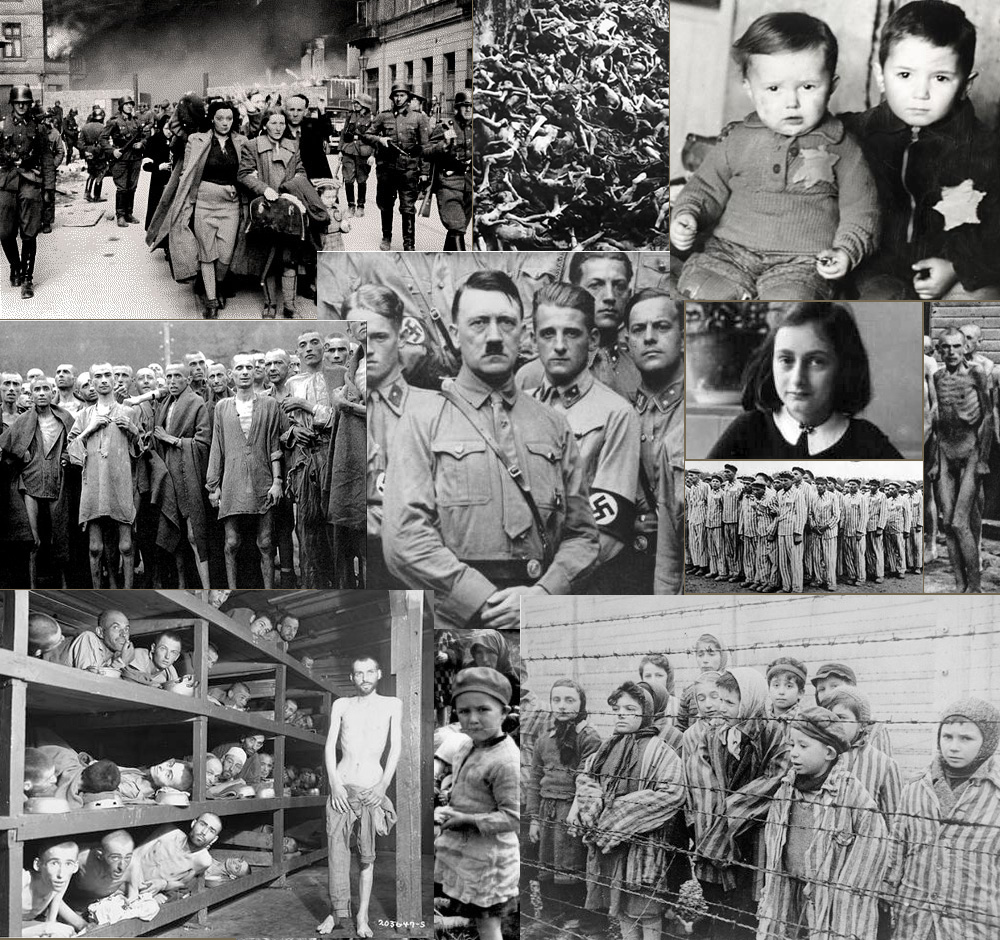
World War II: Holocaust;
1942 - 1,500 Jews are sent to gas chambers in Auschwitz.
Wikipedia Photo: World War II, The Holocaust. Sources: United States Holocaust Memorial Museum USHMM, History 1900s, Internet Masters of Education Technology IMET, Techno Friends, Veterans Today, Concern.
May 12th, 1949
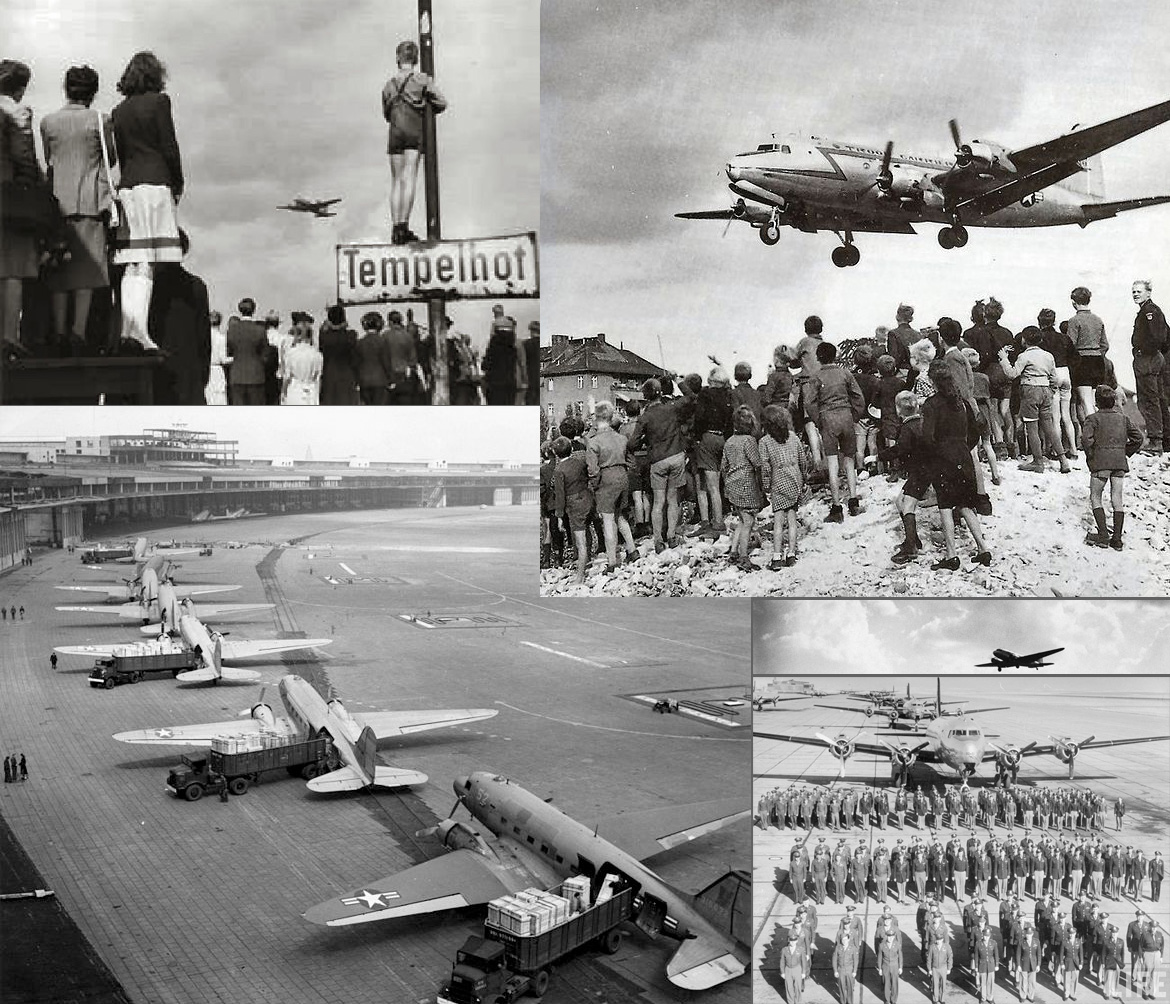
Berlin Airlift: The Soviet Union lifts its blockade of Berlin.
Wikipedia Photo: Berlin Blockade, Berliners watching a C-54 land at Tempelhof Airport (1948).
May 12th, 1949

1949 - The western occupying powers approve the Basic Law for the new German state: the Federal Republic of Germany (West Germany).
Wikipedia Photo: Germany; Cologne Cathedral And Hohenzollern Bridge, Cologne, Germany ● Neuschwanstein castle Bavaria Germany ● Berlin, Germany © Btrenkel, Stockphoto.com ● Frankfurt Germany ● German vineyard
May 12th, 1955

Austria regains its independence as the Allied occupation following World War II ends.
Wikipedia Photo: Vienna, Austria; Pallas Athene Fountain, Parliament Building, Vienna, Austria ● The Vienna State Opera; The Vienna State Opera at Night ● Gloriette, Schönbrunn Palace ● Karlskirche in Vienna, Austria ● Sttephanplatz, Graben, Vienna, Austria
May 12th, 1958

A formal North American Air Defense Command (NORAD) agreement is signed between the United States and Canada.
Wikipedia Photo: North American Air Defense Command (NORAD) a joint organization of Canada and the United States that provides aerospace warning, air sovereignty, and defense for the two countries.
May 12th, 1962
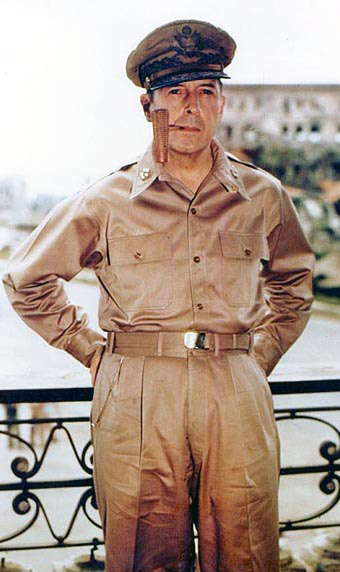
Douglas MacArthur delivers his Duty, Honor, Country valedictory speech at the United States Military Academy.
Wikipedia Photo: General Douglas MacArthur in Manila, 1945
May 12th, 1968


Vietnam War:
1968 - Battle of Coral-Balmoral; North Vietnamese and Viet Cong forces attack Australian troops defending Fire Support Base Coral, east of Lai Khe in South Vietnam on the night of 12/13 May, resulting in heavy casualties on both sides.
1975 - Mayagüez incident; The Cambodian navy seizes the American merchant ship SS Mayaguez in international waters.
Wikipedia Photo: Vietnam_War; Side view of an HH-53 helicopter of the 40th Aerospace Rescue and Recovery Squadron as seen from the gunner's position on an A-1 of the 21st Specialist Operations Squadron. (USAF Photo by Ken Hackman), Boston Globe;
Boeing B-52 Stratofortress, credit Free Republic;
Vietnam War: The Big Picture / Boston Globe.
May 12th, 1998
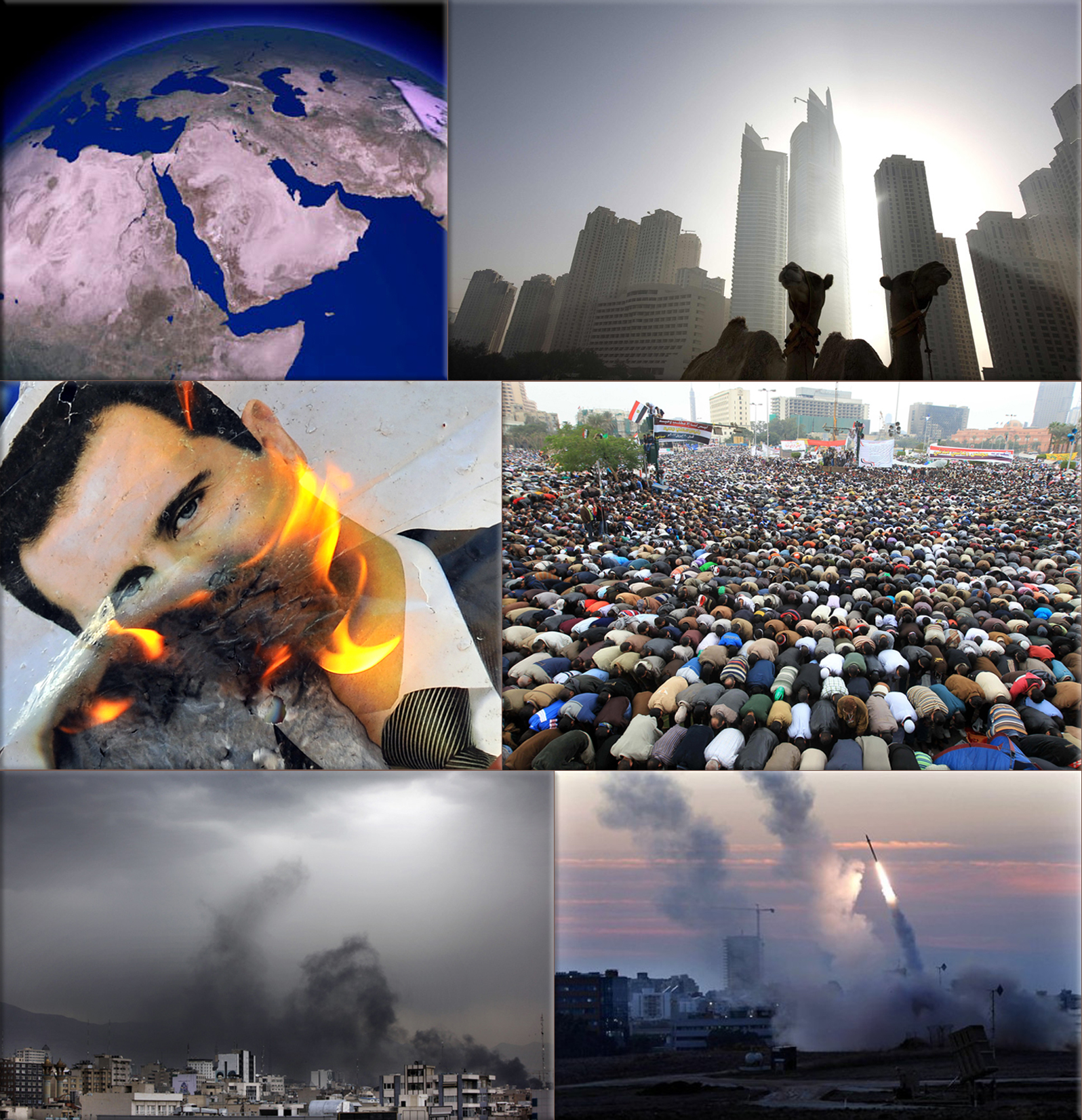
Modern conflicts in the Middle East, social unrest and terrorist attacks:
1998 - May riots of Indonesia (1998); Trisakti shootings; Four students are shot at Trisakti University, leading to widespread riots and the fall of Suharto.
2003 - Riyadh compound bombings; carried out by Al Qaeda, kill 26 people.
2006 - May São Paulo violence (2006); Mass unrest by the Primeiro Comando da Capital begins in São Paulo, Brazil, leaving at least 150 dead.
2006 - Iranian Azerbaijanis interpret a cartoon published in an Iranian magazine as insulting, resulting in massive riots throughout the country.
2007 - Karachi riots (2007); Riots in which over 50 people are killed and over 100 are injured take place in Karachi upon the arrival in town of the Chief Justice of Pakistan Iftikhar Muhammad Chaudhry.
Wikipedia Photo: Middle East satellite image, NASA. ● Camels are seen early morning on a beach in the Marina area of Dubai October 16, 2008. (Steve Crisp, Reuters) ● A portrait of Syrian President Bashar al-Assad burns during clashes between rebels and Syrian troops in Selehattin, near Aleppo, on July 23, 2012. (Bulent Kilic, AFP / GettyImages) ● Egyptians gather in their thousands in Tahrir Square to mark the one year anniversary of the revolution on Jan. 25, 2012 in Cairo Egypt. Tens of thousands have gathered in the square on the first anniversary of the Arab uprising which toppled President Hosni Mubarak. (Jeff J Mitchell, Getty Images) ● Black smoke rises above the Tehran skyline as supporters of Mir Hossein Mousavi burn tires and other material in the streets as they fight running battles with police to protest the declared results of the Iranian presidential election in Tehran, Iran, Saturday, June 13, 2009. (Ben Curtis, AP) ● The Iron Dome defense system fires to interecpt incoming missiles from Gaza in the port town of Ashdod, Thursday, Nov. 15, 2012. (Tsafrir Abayov, AP)
May 12th, 2002
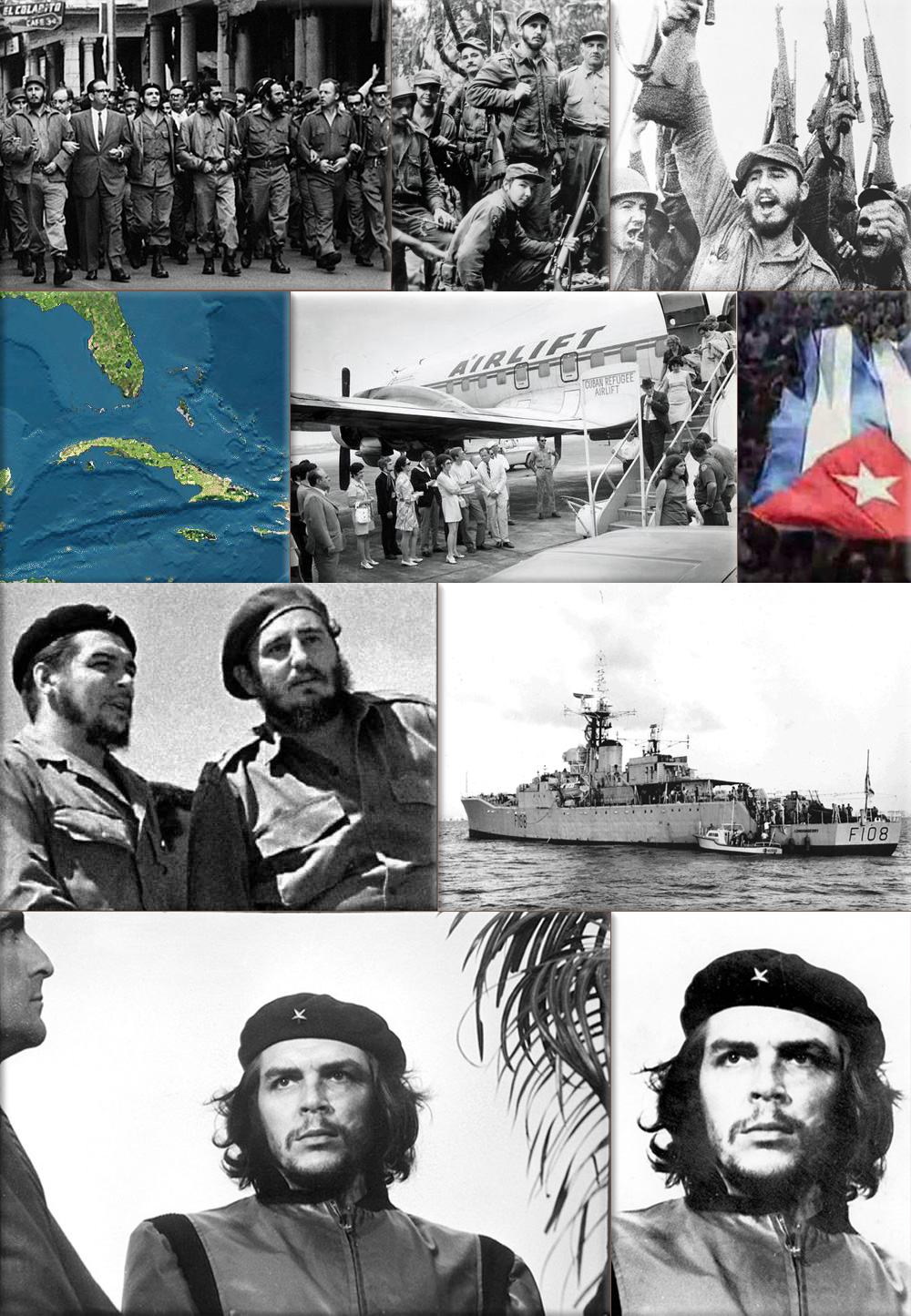
Cuban Revolution:
2002 - Former U.S. President Jimmy Carter arrives in Cuba for a five-day visit with Fidel Castro becoming the first President of the United States, in or out of office, to visit the island since Castro's 1959 Revolution.
Wikipedia Photo / Map: The leadership of the Cuban revolution; Fidel Castro played the leading role in the Cuban revolution against Fulgencio Batista (1957) AFP; Fidel Castro leads men in a cheer, Cuba, 1957, Bettmann/ Corbis; Cuban Airlift to the United States (1959 and 1962); Resiste Cuba, homenaje a la revolución cubana y sus héroes música: Protesta-Por Cuba; Che Guevara and Fidel Castro ; Official caption: "Off loading Cuban refugees at the Miami sea buoy", photo dated 4 May 1964; Photo No. 7CGD-050464 #12; Guerrillero Heroico - Alberto Korda's famous photograph of Che Guevara; The popularized cropped version.
May 12th, 2003

Fifty-nine Democratic lawmakers bring the Texas Legislature to a standstill by going into hiding in a dispute over a Republican congressional redistricting plan.
Wikipedia Photo Texas State Capitol; Austin, Texas, credit © Dave Wilson Photography.
May 12th, 2015

Philadelphia train derailment: A train derailment in Philadelphia kills eight people and injures more than 200.
Wikipedia Photo Philadelphia train derailment: A train derailment in Philadelphia kills eight people and injures more than 200.
May 12th, 2015

Earthquake:
2015 - Nepal earthquake; Massive Nepal earthquake kills 218 people and injures more than 3500.
2008 - Sichuan earthquake (2008); An earthquake (measuring around 8.0 magnitude) occurs in Sichuan, China, killing over 69,000 people.
Wikipedia Image: Preliminary Determination of Epicenters / Aleppo Syria; Anchorage, Alaska - March 28, 1964 Prince William Sound USA earthquake and tsunami; 8.9 Mega Earthquake Strikes Japan; Tsunami Swirls Japan's Ibaraki Prefecture March 12 2011. credit NOAA / NGDC, NOAA National Geophysical Data Center, USGS, National Geographics.
May 12th, 2017

Cyberattack:
2017 - Ransomware attack; attacks over 400 thousand computers worldwide, targeting computers of the United Kingdom's National Health Services and Telefónica computers.
Wikipedia Image Ransomware attack; attacks over 400 thousand computers worldwide, targeting computers of the United Kingdom's National Health Services and Telefónica computers.
